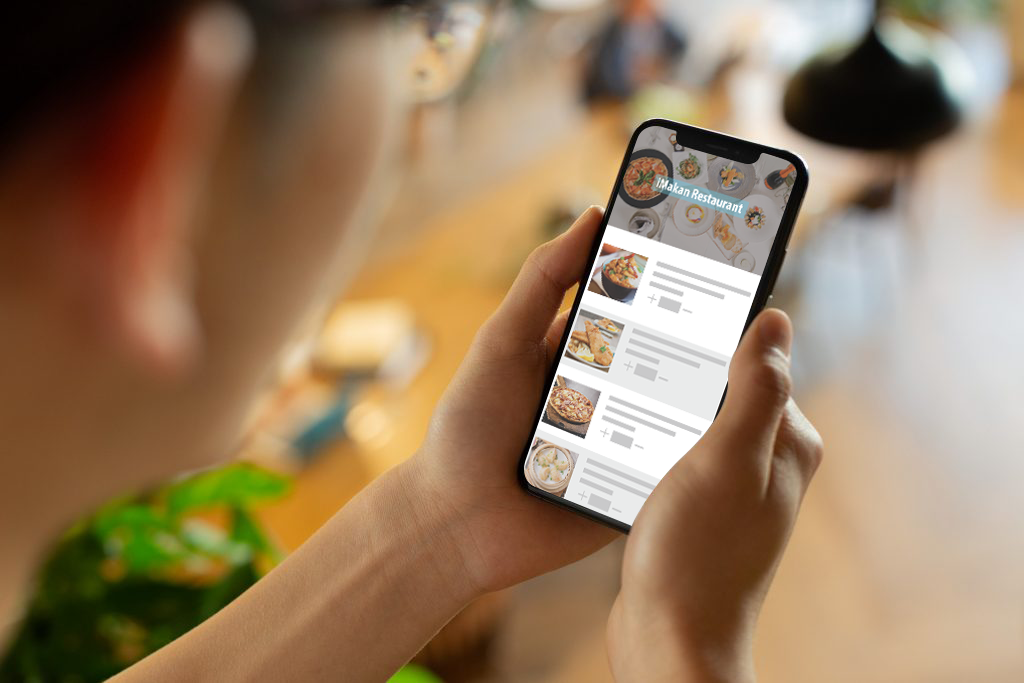
Reviewing your menu from time to time is a good practice to keep up with consumers’ ever-changing behaviours and stay ahead of your competition. In this article, we will run through some ways you can enhance your menu.
Create Set Meals or Bundles
Set meals are a great way to boost your sales and introduce new dishes to your customers. For instance, a family of five may not know what to order when they are looking through your menu.
By offering a set meal catered for 5 people, you make it easier for them to make a decision and at the same time, you could introduce new dishes through these set menus. Easing your customer’s decision process will also help improve customer satisfaction and speed up order placing, which leads to better table turnover rates.
Add in Kids Meal Options
When a family dines out with their kids, a common challenge would be not being able to find food suitable for their young ones.
By offering kids specific meal options, your menu will be much more attractive and family-friendly as compared to your competitors, attracting more diners with kids to patronise your restaurant, boosting your revenue.
Have Healthier Food Options Categories
Consumers are becoming increasingly health-conscious and will opt to eat healthier foods even when dining out.
In your menu, you could have a healthier foods section and you could even indicate the calories each of these foods contains. This way, your menu will be a lot more attractive to health-conscious individuals, which encourages such customers to patronise your restaurant.
Digitalize Your Menu & Ordering
Incorporate digital ordering solutions such as self ordering kiosks and QR ordering systems into your restaurant to automate upselling and educate your customers on your menu.
You can preset add on suggestions when your customers places their orders through your self ordering kiosk or QR ordering system. With add on suggestions, your customers may order an extra side dish or drink which they passed up while deciding on their main dishes.
On top of that, digital ordering systems enables you to attach attractive images to each dish to whet the appetite of your customers and help them better understand your dishes, something that is not possible on physical menus due to spatial constraints.
With digital ordering systems, you are able to maximize your existing manpower, as your service staff do not have to take orders from customers manually, which frees them up to perform tasks that value adds your customer’s experience and your operational efficiency.
If you are interested in getting a digital ordering solution (self ordering kiosk or QR ordering system), do drop us your contact details below and we will be happy to arrange a free demo with you!











